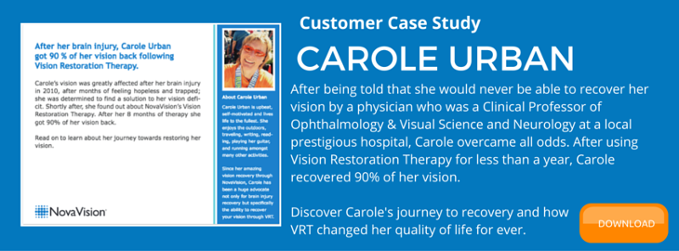 If you’ve been following our blog closely, then you know that we recently highlighted cholesterol as a significant risk factor for stroke and the different things you can do to help manage your levels. Nevertheless there are a number of risk factors that aren’t in your control – so what should you do about those?
If you’ve been following our blog closely, then you know that we recently highlighted cholesterol as a significant risk factor for stroke and the different things you can do to help manage your levels. Nevertheless there are a number of risk factors that aren’t in your control – so what should you do about those?
Everything from your medical history and your family’s medical history to your age and gender can have a significant impact on your risk of having a stroke. Although the circumstances are out of your hands, it is important to be aware of them. By understanding the risk factors you may not be able to change, you can take steps to combat the lifestyle risk factors that are in your control.
Medical Risk Factors:
Fibromuscular Dysplasia1
More commonly known as FMD, Fibromuscular Dysplasia is a medical disorder where some of the arteries that carry blood throughout the body do not develop correctly. Fibrous tissue grows in the wall of the arteries which then causes them to narrow. As a result, blood flow throughout the arteries decreases.
Patent Foramen Ovale1
Strokes and Transient Ischemic Attacks can occur without any warning because they are caused by a “hole” in the heart called a Patent Foramen Ovale. About 20 percent Americans has a Patent Foramen Ovale, or a PFO. Because this condition often has no symptoms, many people are never aware they have this medical condition. This creates a dangerous situation, putting them at an increased risk for stroke and TIA alike.
Atrial Fibrillation2
Frequently referred to as AFib, it is estimated that Atrial currently affects 2.2 million people in the U.S. This condition is actually a type of irregular heartbeat, often caused when the two upper chambers of the heart beat very quickly and sometimes erratically. These irregular heartbeats can cause blood to collect in the heart and potentially form a clot, which can then travel to the person’s brain and cause a stroke.
Family History:
Just as you should be cautious if you have suffered one of the medical events above, you should also take special care if a family member has suffered from either stroke or heart attack in the past. If a direct family member such as your grandparents, parents, or even siblings has had a stroke or a heart attack, especially at an early age, you are at a greater risk for stroke.
Age and Gender:
Women experience more strokes each year than men, approximately 55,000 more according to The National Stroke Association. These numbers are primarily because women live longer than men and strokes occur more often at older ages. Ironically, stroke incidence is actually higher in men at younger ages.1
Although it is true that stroke can happen to anyone, at any time and any age, stroke risk generally increases with age. After the age of 55, stroke risk doubles for every decade a person is alive.
Even if one or multiple risk factors listed above applies to you, it is important to remember that many other risk factors for stroke can be managed successfully. Nobody is ever at a 0 percent risk, but by staying educated, being aware of your statistics and family history, and controlling the risk factors that are in your control you can significantly lower your risk of disability or even death.
Past Personal History of TIAs or Strokes:
Transient Ischemic Attack1
Stroke prevention is also important to those who have experienced Transient Ischemic Attacks. TIAs are succinct episodes of symptoms that that are very similar to those of a stroke. This can last anywhere from a few minutes to 24 hours. Luckily for the patient, these symptoms usually do not cause permanent damage or disability. This should nevertheless serve as a serious warning sign of a possible stroke in the future. The risk of stroke within 90 days of a TIA may be as high as 17 percent, with the greatest risk falling within the first week following the episode.
Prior Strokes1
Similar to previously suffering from a TIA, stroke survivors who have had a stroke must focus their efforts on more than just rehabilitation. Preventing a recurrent stroke from happening is also critical. According to Stroke.org, about twenty five percent of the nearly 800,000 strokes that occur each year are recurrent events.



